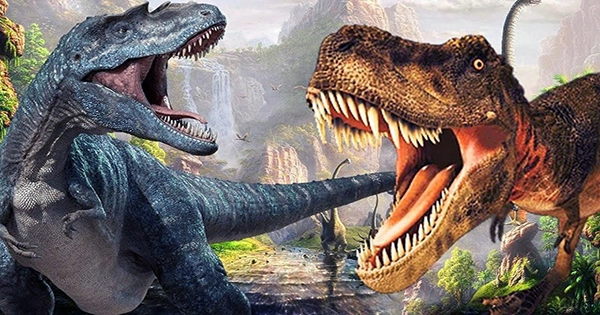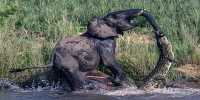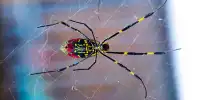The discovery of a little stegosaur in Asia this week made headlines, with experts claiming that it is the oldest stegosaur ever unearthed in the area, if not the globe. The newly named Bashanosaurus primitivus strutted around approximately 160 million years ago, measuring just shy of 3 meters (9.8 feet). The significance of the specimen, as noted in the Journal of Vertebrate Paleontology, is represented in its name, with “Bashan” honoring the old name for the region of Chongqing, China, where it was discovered, and “primitivus” being Latin meaning first. The latter emphasizes B. primitivus’s position at the beginnings of the stegosaurus’s existence on Earth.
“Our analysis of [B. primitivus’s] position in the stegosaurus family tree indicates that it, along with the Chongqing Lizard (Chungkingosaurus) and Huayangosaurus, is one of the earliest-diverging stegosaurs,” said lead researcher Dr Dai Hui of the Chongqing Bureau of Geological and Mineral Resource Exploration and Development. “These were all discovered in China’s Middle to Late Jurassic Shaximiao Formation, implying that stegosaurs originated in Asia.”
The huge armored plates that adorned their spines make Stegosaurs one of the most recognized dinosaurs. Several of these plates, as well as bones from the back, shoulder, thigh, foot, and ribs, were found among B. primitivus’s remains. They are unique in that they date from the Middle Jurassic period’s Bajocian stage, which occurred between 170.3 million and 168.3 million years ago, placing the species significantly earlier than other known stegosaurs.
The new dinosaur, which lived 168 million years ago, will help researchers learn more about how stegosaurs originated, which is still a mystery. It featured distinct characteristics from other Mid-Jurassic stegosaurs, such as thick-based armor plates, bony thigh extensions, and less developed shoulder blades, making it easy for scientists to classify it as a unique species.
It also places it earlier in the evolution of stegosaurs, as evidenced by its resemblance to some of the first armored dinosaurs, which date back another 20 million years.
“All of these characteristics point to [Bashanosaurus primitivus’] position in the dinosaur tree,” Hui concluded. “Bashanosaurus obviously represents a new species and can be separated from other Middle Jurassic stegosaurs.” In other prehistoric species news, a controversial research published this week claims that Tyrannosaurus rex, the “tyrant lizard king,” may have been three species rather than just one.














